“Someone once told me that after a depressive episode, colour is one of the first things that comes back to you,” 25-year-old Arielle Bobb-Willis says. “I’m attracted to those moments of colour and light because, for a very long time, I didn’t believe that reality was out there for me.”
The dichotomy of light and dark that Arielle talks about runs through every one of her wonderful, phantasmagoric images. But her work — featured in The New Yorker, on the cover of L’uomo Vogue and, most recently, as part of The New Black Vanguard exhibition and book, is characterised by much more than its simple use of colour. As a means of therapy, since picking up a camera Arielle has used it to manifest and convey a number of different emotions, helping her to design her own reality. “I feel with depression you live in the past and with anxiety you live in the future, so photography is something I need to remain present and productive.”
Moving to South Carolina from New York in 2008, Arielle began shooting after being placed in a digital imaging course at her new high school. “At that time I mostly took pictures of my little siblings, flowers, and we restored old photos in Photoshop,” she says. “My history teacher saw how happy photography was making me and gave me his wife’s old film camera. I shot my first roll of film ever in my room at sunset and it completely changed my life.”

Other than that one class at school, plus a couple classes whilst at Loyola University in New Orleans, Arielle is completely self-taught. Such was the importance of finding a creative outlet. “Growing up in a small conservative town, I felt I couldn’t express myself properly in an environment that wasn’t very open-minded or accepting of things that were different than them. At the time photography was the only healthy thing that made my mind feel better and clear. I feel everyone has something that helps them stay in tune with themselves whether it’s cleaning, working out, or whatever we all want peace… It’s a time set aside for me to be as loud and strange as I want.”
Her surreal, abstract composition, the entanglement of her subjects’ limbs and their hidden faces makes Arielle’s work feel at times sculptural as well as photographic. “I’ve always wanted to take pictures of who I am without being in the photos,” she says of the idea behind this practice. “I remember first getting on Instagram and seeing how important the face and the perfect selfie was to everyone around me. I’m never really one to take selfies and I also don’t enjoy being the centre of attention so that’s where that aspect of my work stems from… that part of myself.”
Arielle began conceiving a world in which her art could exist after discovering painters like Sister Gertrude Morgan, Jacob Lawrence, Romare Bearden and William Johnson. Elsewhere, when finding inspiration she draws on a number of references from photographers, most of which she originally found on Tumblr. “Alex Webb, Toilet Paper and Synchrodogs were people who I looked up to. They made me realise that there are no rules when it comes to creating.”
Words can’t do her work justice, but if sounds could, Arielle says it might sound something like this.
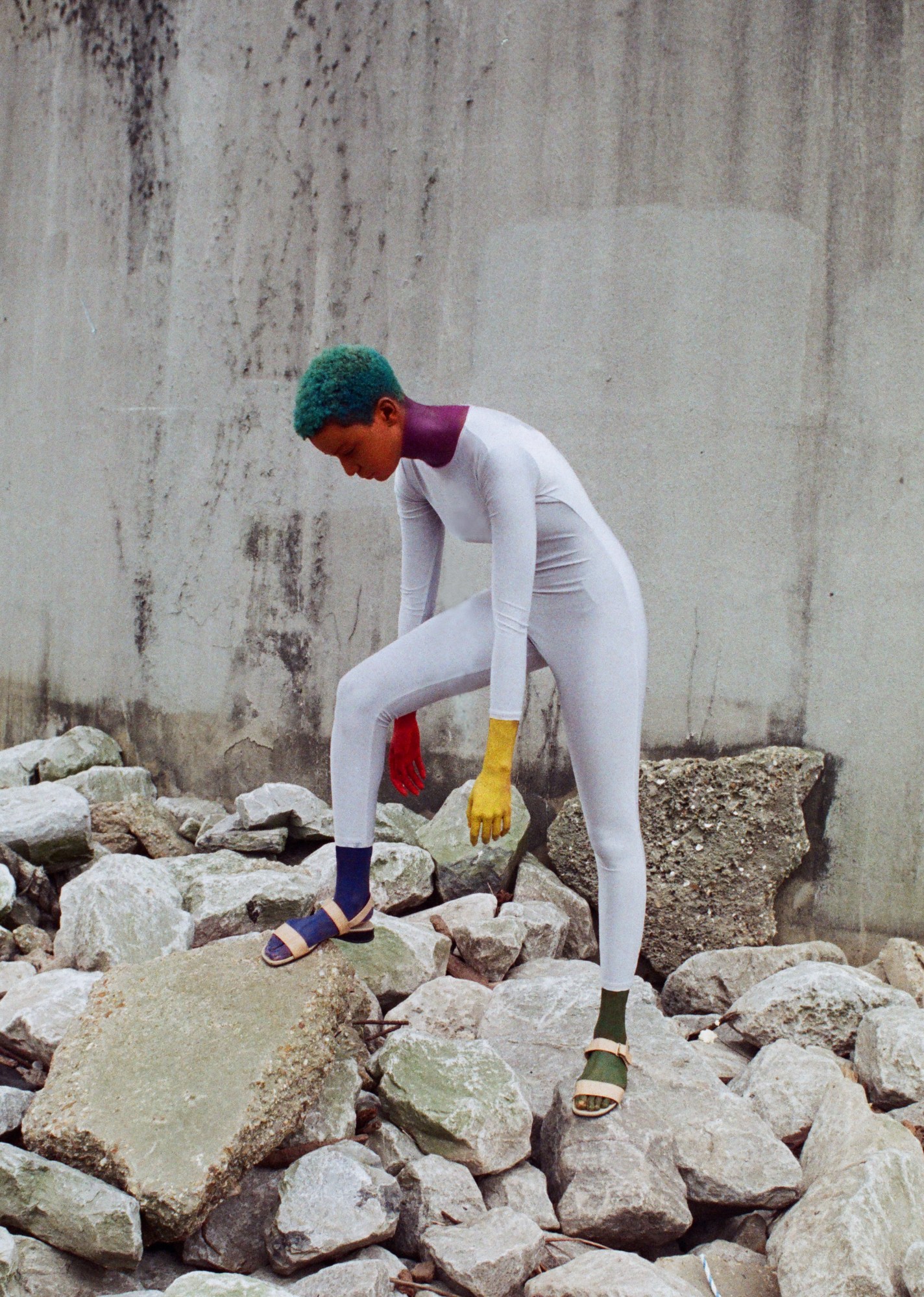
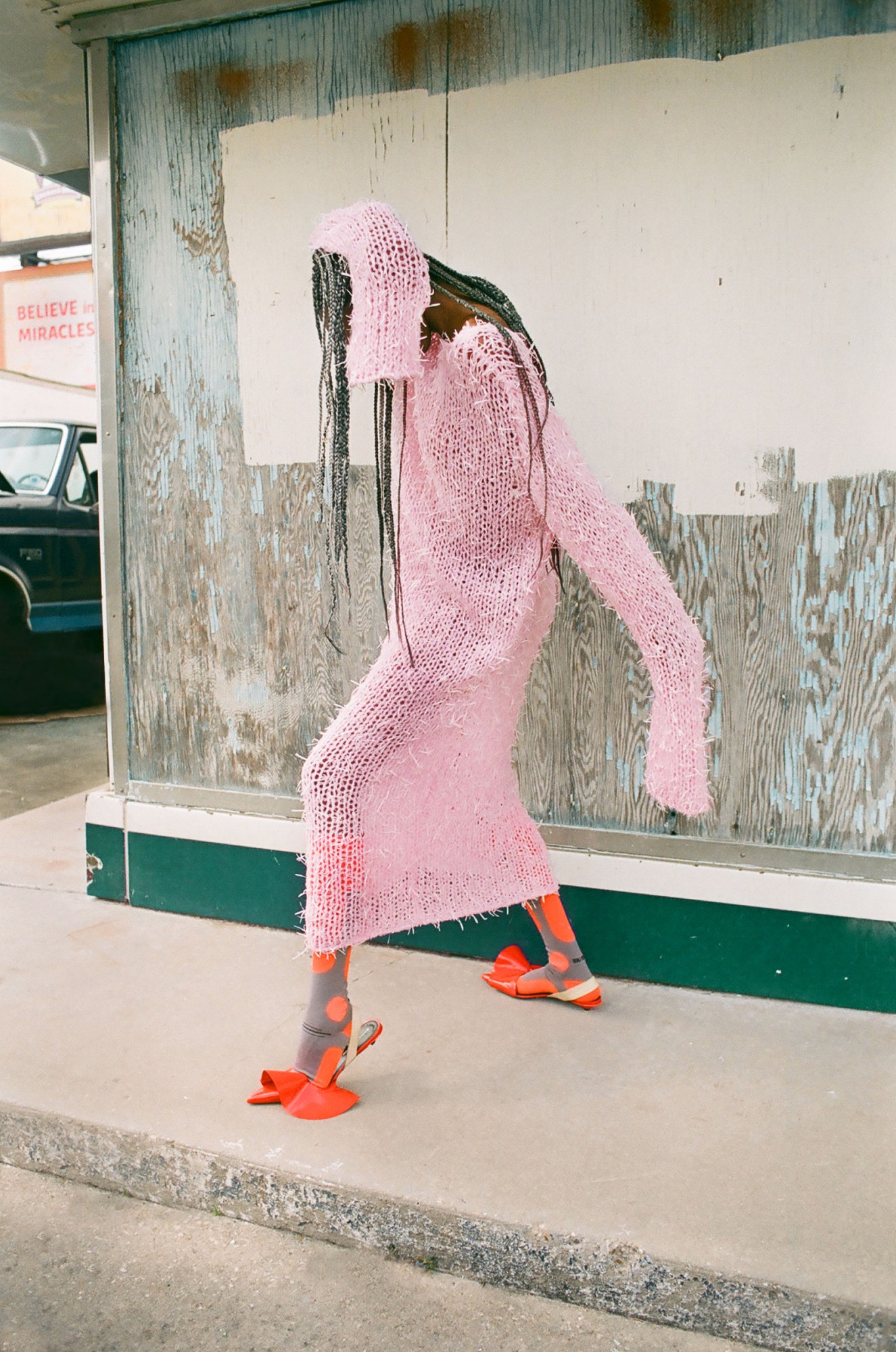

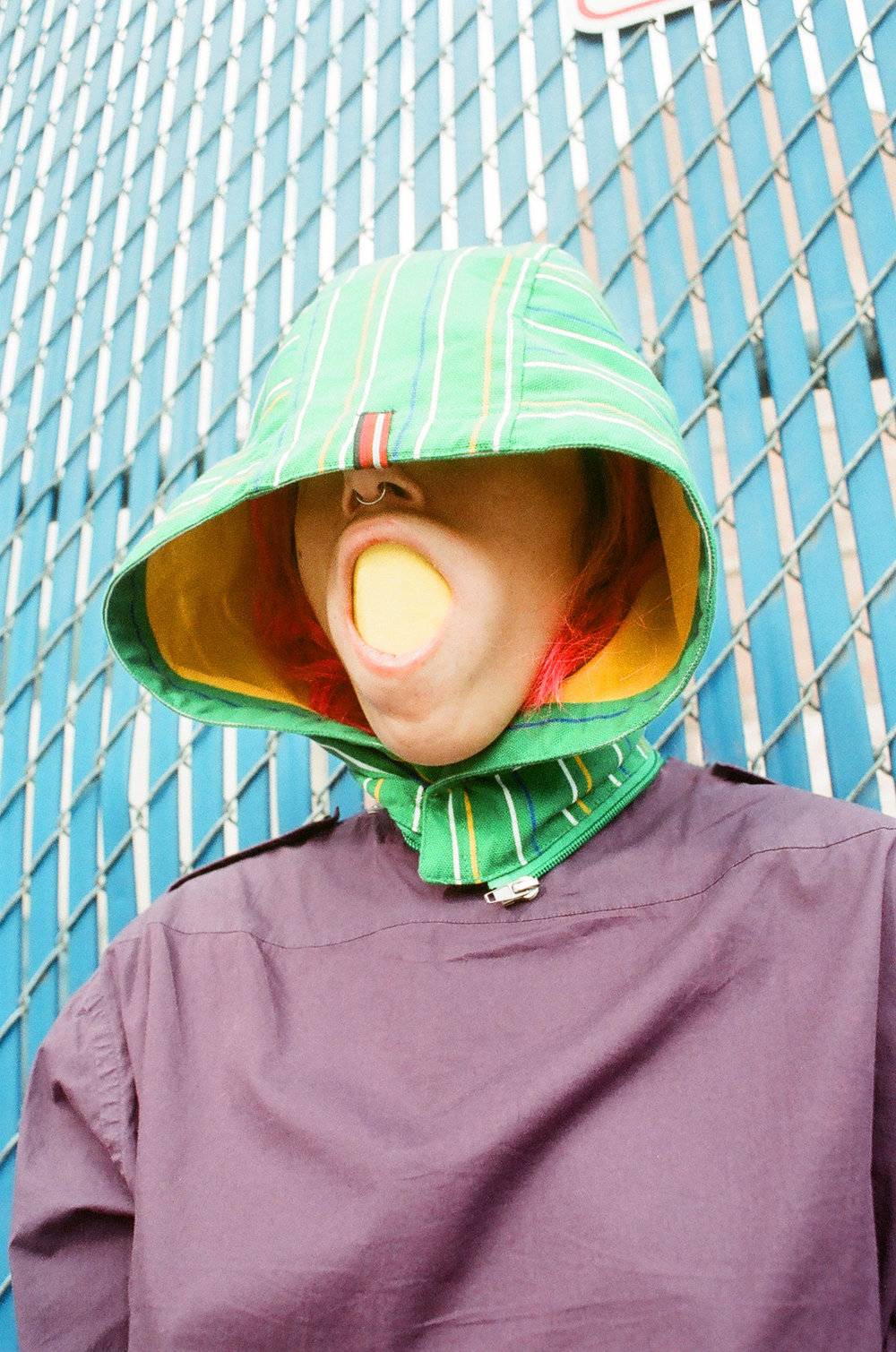
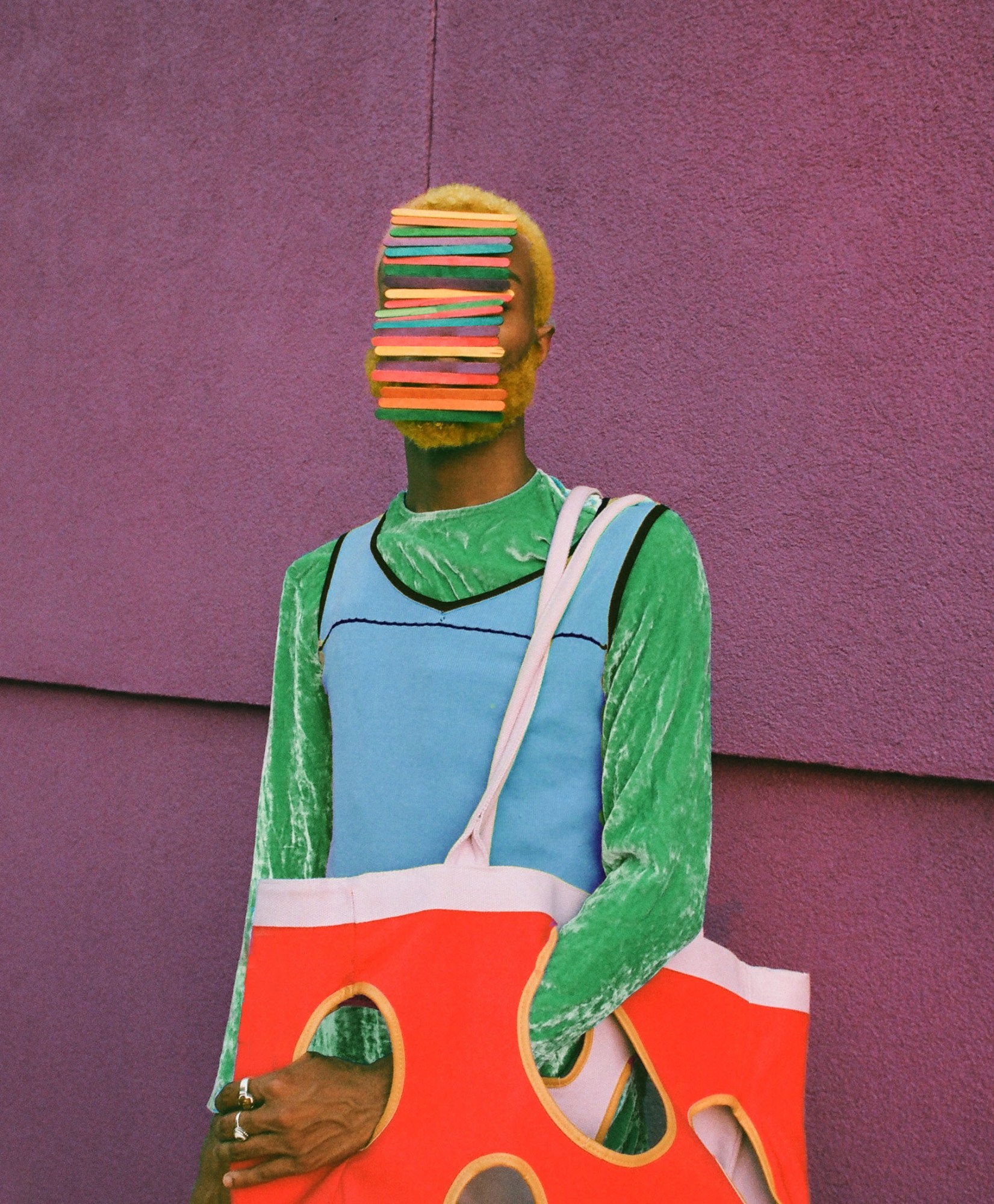
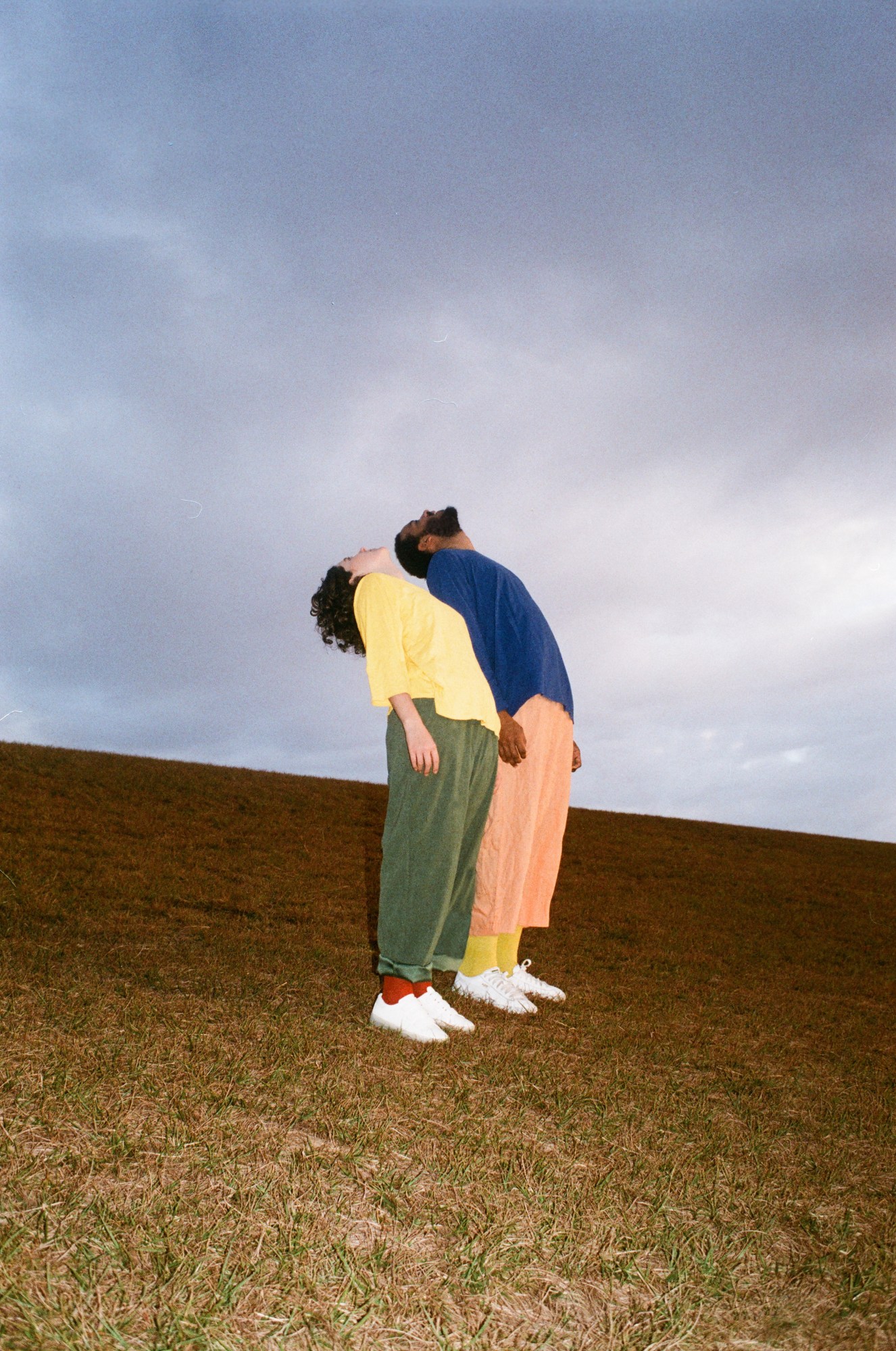
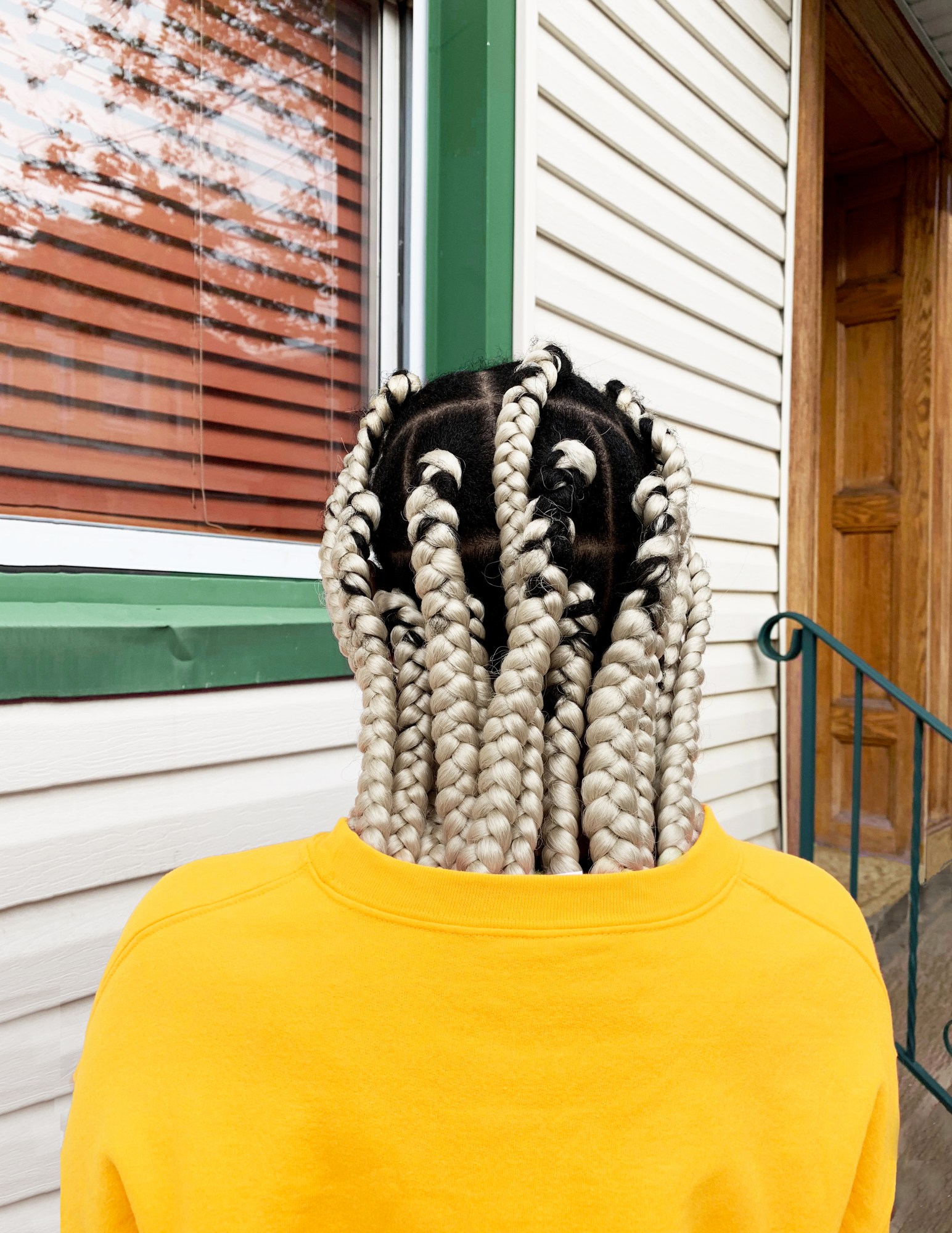
Credits
All images courtesy Arielle Bobb-Willis
